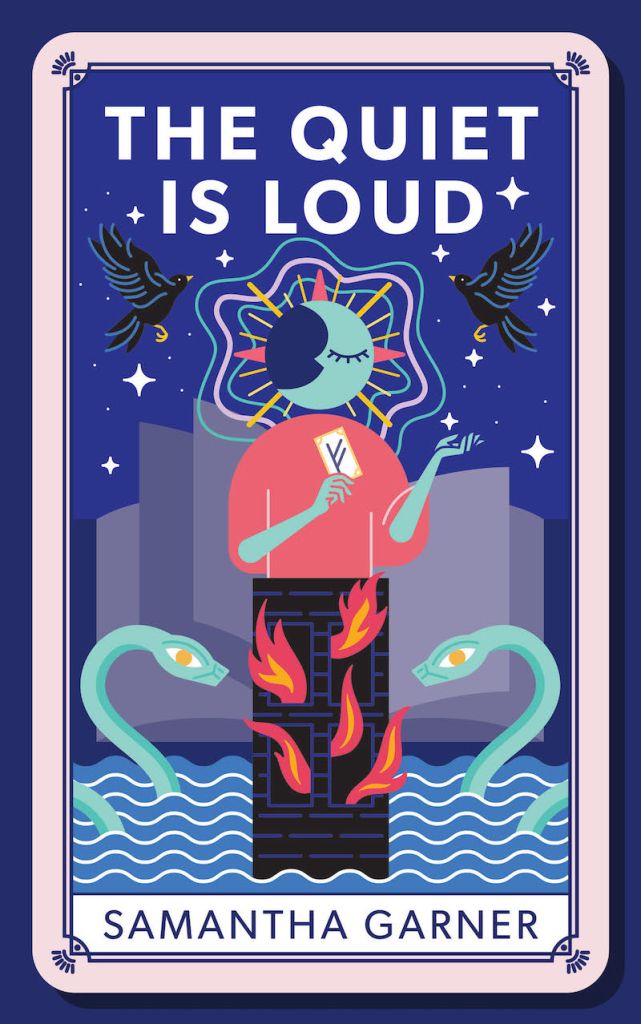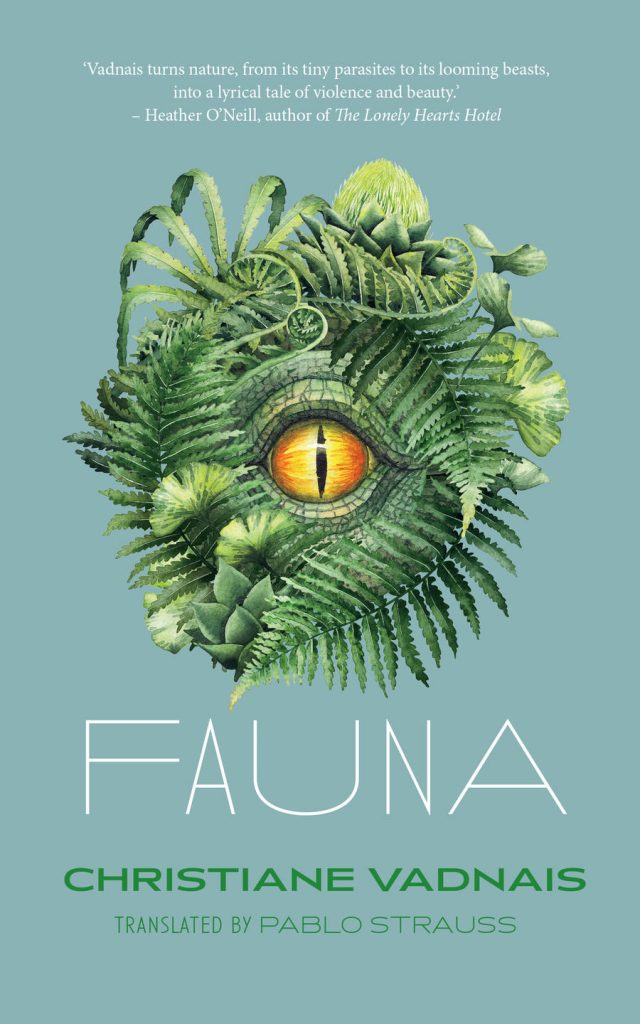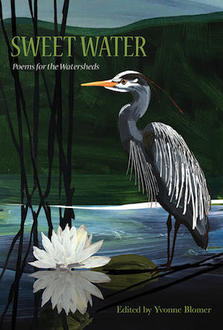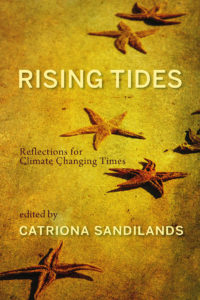 The Quiet is Loud (forthcoming from Invisible) is a zeitgeist zirconia, a choker of sparkling speculation for Gen Z readers whose reading tastes are migrating toward adult literary spec fic. For her debut novel, Toronto writer Samantha Garner pours her curiosity into an approachable, recognizable narrative structure that is just right for this audience: the world as we know it, but with one important, uncanny difference. In Quiet, that key difference is the existence of people with telepathic and telekinetic powers—“vekers.”
The Quiet is Loud (forthcoming from Invisible) is a zeitgeist zirconia, a choker of sparkling speculation for Gen Z readers whose reading tastes are migrating toward adult literary spec fic. For her debut novel, Toronto writer Samantha Garner pours her curiosity into an approachable, recognizable narrative structure that is just right for this audience: the world as we know it, but with one important, uncanny difference. In Quiet, that key difference is the existence of people with telepathic and telekinetic powers—“vekers.”
Garner is deeply attentive to the social consequences of the world she has created. As we might expect in a reboot of The Twilight Zone or in an X-Men spin off, vekers are misunderstood and feared; their nickname is a slur. Most have no choice but to hide their identities, including our protagonist, Freya. Though in her mid-20s, Freya’s maturity and independence are hindered by a childhood tragedy that occurred just as she was discovering her psychic abilities. With the support of a trusted cousin and a handful of new veker friends, Freya’s story becomes a coming-of-age narrative that allows her to develop and heal.

 Who am I is a question many biracial and bicultural people ask themselves. Society and family often demand they choose a side. Hollay Ghadery was born in Ontario to a white Canadian mother and an Iranian, Muslim father. Her memoir
Who am I is a question many biracial and bicultural people ask themselves. Society and family often demand they choose a side. Hollay Ghadery was born in Ontario to a white Canadian mother and an Iranian, Muslim father. Her memoir  Ask any young person what they think about climate change and the prognosis is likely grim. They’ll recall childhood science classes full of dire nature documentaries and summers that got warmer and warmer with each passing year. I am twenty-one years old and the idea that damage done by the climate crisis will soon be irreparable is not new to me, but that doesn’t make the reality of the situation any less haunting. Life is a constant balance of doing my part for the world and trying not to think too hard about the things I cannot change.
Ask any young person what they think about climate change and the prognosis is likely grim. They’ll recall childhood science classes full of dire nature documentaries and summers that got warmer and warmer with each passing year. I am twenty-one years old and the idea that damage done by the climate crisis will soon be irreparable is not new to me, but that doesn’t make the reality of the situation any less haunting. Life is a constant balance of doing my part for the world and trying not to think too hard about the things I cannot change.
 In the few weeks it has taken me to read and review Rising Tides: Reflections for Climate Changing Times (
In the few weeks it has taken me to read and review Rising Tides: Reflections for Climate Changing Times (